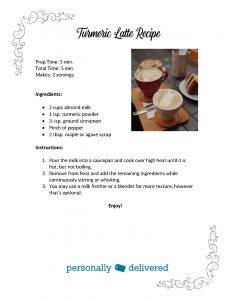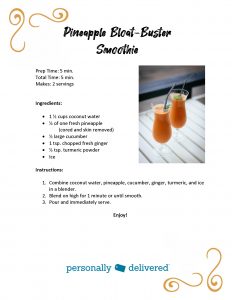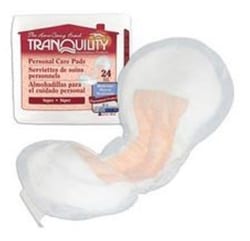Crohn’s disease is a chronic digestive disorder that affects the gastrointestinal tract (GI). According to the National Institute of Diabetes and Digestive and Kidney Diseases (NIDDK), it causes inflammation and damage in the digestive tract. Crohn’s disease belongs to a group of conditions called inflammatory bowel diseases (IBD).
There’s currently no cure for Crohn’s disease, but various treatments can help manage its symptoms. If you have Crohn’s disease, it’s also a good idea to keep several over-the-counter (OTC) medicines and supplies on hand in case of an emergency.
The 10 Essentials to Help Manage Crohn's Disease
We suggest keeping these ten essential non-prescription supplies at home to ease your symptoms and lessen the effects of a flare-up from Crohn’s disease.
1. Antidiarrheal medications
A common symptom of IBD is diarrhea, and it can become worse during a flare. Antidiarrheal medications may be able to help. There are many choices at your local pharmacy that do not require a prescription. Those may include:
- Pepto-Bismol
- Kaopectate
- Imodium-ID
It is always important to speak to your doctor before taking any new OTC medication or supplement and thoroughly read and follow the dosing directions.
2. Pain relievers
 Those with Crohn’s disease often experience stomach pain as a flare symptom. Non-steroidal anti-inflammatory pain relievers (NSAIDs) such as ibuprofen can help control inflammation associated with IBD. Research has linked NSAIDs to increased relapses, flares, and overall disease activity.
Those with Crohn’s disease often experience stomach pain as a flare symptom. Non-steroidal anti-inflammatory pain relievers (NSAIDs) such as ibuprofen can help control inflammation associated with IBD. Research has linked NSAIDs to increased relapses, flares, and overall disease activity.
A better option might be using acetaminophens such as Tylenol or Geri-Care Liquid Pain Relief. These options will not help with inflammation but will reduce fever and pain. As always, talk to your doctor about the right pain reliever for you.
3. Ointment for skin irritation
 Crohn’s flares can irritate the skin around the anus. Using a skin protectant, such as Balmex Diaper Rash Treatment, can protect against wetness and irritants, helping prevent diaper rash from getting worse.
Crohn’s flares can irritate the skin around the anus. Using a skin protectant, such as Balmex Diaper Rash Treatment, can protect against wetness and irritants, helping prevent diaper rash from getting worse.
4. Personal care wipes
You may experience perineal complications with Crohn’s disease, such as a fistula or abscess. Making sure to keep good hygiene could greatly help ease your symptoms. By using a perineal cleansing product such as DermaRite PeriFresh No-Rinse Perineal Cleanser and unscented wipes to clean and soothe irritated areas, your skin will thank you.
5. A thermometer
You may start to run a fever during a Crohn’s flare. Keeping a thermometer on hand is helpful so you can keep track of your Crohn’s disease symptoms for your next doctor appointment. Writing down the date, time, and length of your elevated temperature can help your doctor better understand your symptoms.
6. An electrolyte solution
 If you are experiencing diarrhea as a symptom of your Crohn’s disease, you are likely losing sodium and sugar, which help you stay hydrated. During a Crohn’s flare, watery diarrhea can cause dehydration symptoms such as thirst, urinating less frequently, darker urine than usual, dry mouth, headaches, and fatigue.
If you are experiencing diarrhea as a symptom of your Crohn’s disease, you are likely losing sodium and sugar, which help you stay hydrated. During a Crohn’s flare, watery diarrhea can cause dehydration symptoms such as thirst, urinating less frequently, darker urine than usual, dry mouth, headaches, and fatigue.
Your doctor may recommend an OTC oral rehydration solution such as Pedialyte or Sqwincher products. These oral supplements help replenish vital minerals and nutrients lost during diarrhea and aid in rehydration. The key electrolytes (sodium and potassium) promote fluid absorption and help keep the body’s defense immune system optimally performing.
7. Nutritional supplements
Stocking up on bottles of nutritional supplements can help make sure you are getting adequate calories and nutrition. Since some foods may contribute to your Crohn’s disease symptoms, these dietary supplements can aid in delivering the proper nutrients as you manage your flare.
 There are plenty of flavorful supplements on the market today, so getting the right balance doesn’t have to taste bland. Some of the delicious varieties include:
There are plenty of flavorful supplements on the market today, so getting the right balance doesn’t have to taste bland. Some of the delicious varieties include:
8. Epsom salt
During a Crohn’s flare, anal fistulas and fissures can occur and cause painful bowel movements and soreness. Warm bath water with Epsom salt can help relieve the pain, itching, and muscle spasms. The water’s warmth may help ease the discomfort on the rear, and the Epsom salt can help soothe sore muscles and reduce inflammation.
9. Heating pads
Arthritis or pain and swelling of the joints are common complaints from those with Crohn’s disease. Heating pads deliver moist heat that can help relieve joint discomfort and help abdominal pain and cramping. These are low-risk solutions that might provide some needed comfort.
10. Vitamin supplements
With IBD, chronic intestinal bleeding leads to anemia, a lack of healthy red blood cells that carry oxygen to body tissue. Doctors often prescribe an iron supplement to address this condition. Blood loss from ulcers might be another reason an iron supplement may be recommended.
According to a 2019 study, Crohn’s disease and the steroids used to treat the condition have been linked to an increased risk for osteoporosis, a weakening of the bones. Your doctor may recommend taking calcium and a vitamin D supplement. Vitamin D helps your body absorb calcium to keep your bones healthy and prevent further problems.
Crohn’s disease can come with a wide array of complications and discomforts. Hopefully, some of these suggestions we have provided can help reduce your symptoms, ease your pain, lengthen your remission, and help you love an enjoyable life.
For any questions about the products, we carry at Personally Delivered that may help you get through your Crohn’s flare, our knowledgeable and caring Product Experts are just a phone call away and ready to assist.
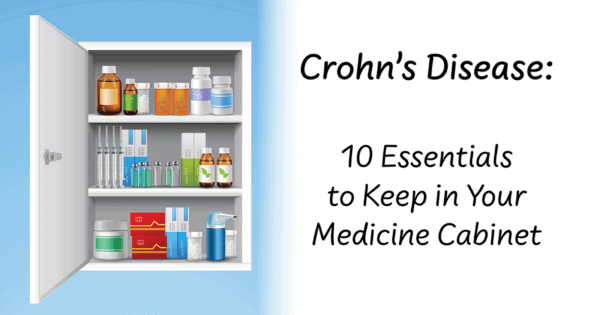
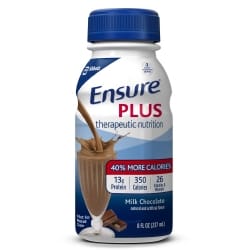

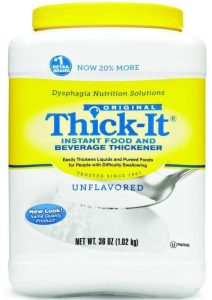



 Hydrocolloid dressings help maintain the optimal healing environment while protecting the wound, so the body’s own enzymes can get to work for proper healing. These dressings’ unique design allows it to absorb wound exudate and form a gel over the wound site. The result is a self-adhering and waterproof wound dressing that resembles an absorbent, flexible wafer. These advanced wound dressings come in a variety of sizes and thicknesses. They are available with or without adhesive borders, such as the
Hydrocolloid dressings help maintain the optimal healing environment while protecting the wound, so the body’s own enzymes can get to work for proper healing. These dressings’ unique design allows it to absorb wound exudate and form a gel over the wound site. The result is a self-adhering and waterproof wound dressing that resembles an absorbent, flexible wafer. These advanced wound dressings come in a variety of sizes and thicknesses. They are available with or without adhesive borders, such as the  Hydrocolloid dressings can help promote faster healing of wounds for a variety of reasons.
Hydrocolloid dressings can help promote faster healing of wounds for a variety of reasons. Your doctor should provide you with detailed instructions on applying the hydrocolloid dressings that you will be using for your particular wound. However, there are some best practices to take and a general process to follow.
Your doctor should provide you with detailed instructions on applying the hydrocolloid dressings that you will be using for your particular wound. However, there are some best practices to take and a general process to follow.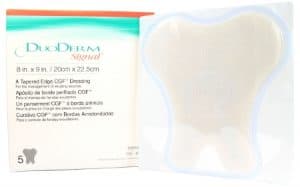
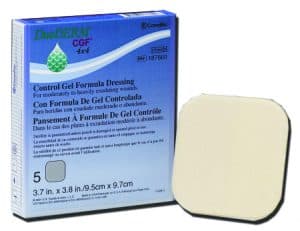
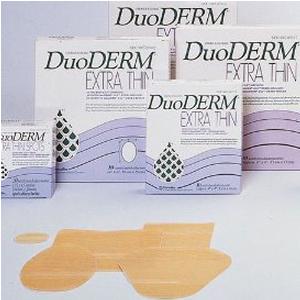
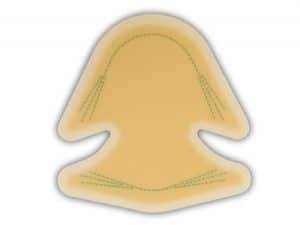



 Pillows help position your body so that you can rest and sleep comfortably during recovery. Some plastic surgery procedures like breast surgery won’t allow you to sleep on your sides for an extended period. Having a couple of body pillows on each side can help you stay in place throughout the night without worrying about accidentally turning onto your side.
Pillows help position your body so that you can rest and sleep comfortably during recovery. Some plastic surgery procedures like breast surgery won’t allow you to sleep on your sides for an extended period. Having a couple of body pillows on each side can help you stay in place throughout the night without worrying about accidentally turning onto your side.

 You can also benefit by being well-stocked on wound care supplies such as
You can also benefit by being well-stocked on wound care supplies such as 




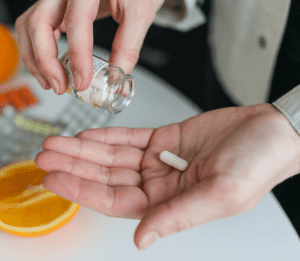


 Applying a topical wound treatment can ease some of the pain that is often associated with wounds. A wound treatment product that contains aloe such as Cardinal Health’s
Applying a topical wound treatment can ease some of the pain that is often associated with wounds. A wound treatment product that contains aloe such as Cardinal Health’s 

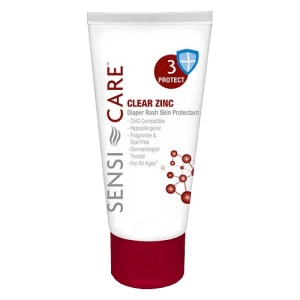 There are numerous products available both in stores and online for preventing and treating diaper rash, so it is easy to get help immediately. One way to prevent and treat diaper rash is to be diligent about applying a
There are numerous products available both in stores and online for preventing and treating diaper rash, so it is easy to get help immediately. One way to prevent and treat diaper rash is to be diligent about applying a 
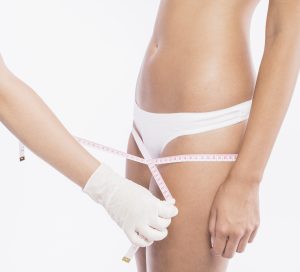 Products vary in design and sizing, so taking the time to try various products and ensure
Products vary in design and sizing, so taking the time to try various products and ensure 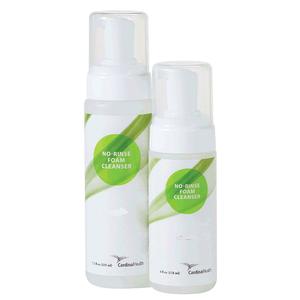 Changing adult diapers for men frequently can help to keep the area clean and as dry as possible. Especially in the event of leakage, be sure to change into a new diaper. It is also important to keep the body area washed and clean. We carry a variety of
Changing adult diapers for men frequently can help to keep the area clean and as dry as possible. Especially in the event of leakage, be sure to change into a new diaper. It is also important to keep the body area washed and clean. We carry a variety of 
 Washing your hands is one of the easiest habits to practice to prevent the spread of germs to your eyes, mouth, food, and those around you. Any time you handle food, garbage, pet an animal, sneeze, or use the restroom, you should wash your hands. Follow the 5-step rule for washing hands:
Washing your hands is one of the easiest habits to practice to prevent the spread of germs to your eyes, mouth, food, and those around you. Any time you handle food, garbage, pet an animal, sneeze, or use the restroom, you should wash your hands. Follow the 5-step rule for washing hands: Keeping your nails clean helps prevent the spread of germs into your mouth and other areas of the body. Trimming your nails regularly to ensure there aren’t any sharp edges or hangnails and using a nail file to smooth them keeps fingernails looking nice. A soft nail brush or washcloth can also help remove and rinse any dirt or buildup underneath the nail. Refraining from biting your nails and picking at the cuticles is necessary for good nail hygiene. If you use nail polish remover, try opting for an acetone-free formula.
Keeping your nails clean helps prevent the spread of germs into your mouth and other areas of the body. Trimming your nails regularly to ensure there aren’t any sharp edges or hangnails and using a nail file to smooth them keeps fingernails looking nice. A soft nail brush or washcloth can also help remove and rinse any dirt or buildup underneath the nail. Refraining from biting your nails and picking at the cuticles is necessary for good nail hygiene. If you use nail polish remover, try opting for an acetone-free formula.
 When thinking about the importance of hygiene, remember that this is an essential practice when it comes to food, too. Certain food safety practices are used when handling, prepping, or storing food to prevent food-borne illness. Spoiled or rotten food can smell; however, not all harmful bacteria have a scent.
When thinking about the importance of hygiene, remember that this is an essential practice when it comes to food, too. Certain food safety practices are used when handling, prepping, or storing food to prevent food-borne illness. Spoiled or rotten food can smell; however, not all harmful bacteria have a scent.









 Excellent for partial or full-thickness wounds, foam dressings are also beneficial for skin grafts, pressure ulcers, gastronomy tubes, and draining peristomal wounds, just to name a few. Since foam dressings have the capability to absorb large amounts of fluid, doctors often turn to this type of dressing for absorbency and patient comfort.
Excellent for partial or full-thickness wounds, foam dressings are also beneficial for skin grafts, pressure ulcers, gastronomy tubes, and draining peristomal wounds, just to name a few. Since foam dressings have the capability to absorb large amounts of fluid, doctors often turn to this type of dressing for absorbency and patient comfort.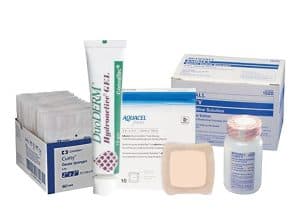

 In addition to skin folds and stoma protection, the size of the stoma is an important factor in getting the right fit for your ostomy skin barrier. Ensuring that the barrier is the proper size may help prevent leakage. 1-2mm larger than the stoma is suggested for a close fit. The
In addition to skin folds and stoma protection, the size of the stoma is an important factor in getting the right fit for your ostomy skin barrier. Ensuring that the barrier is the proper size may help prevent leakage. 1-2mm larger than the stoma is suggested for a close fit. The 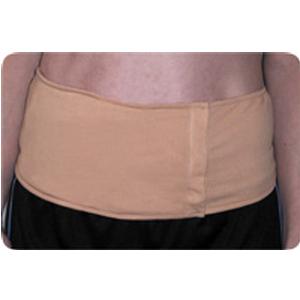 Too Much Pressure Around the Stoma
Too Much Pressure Around the Stoma
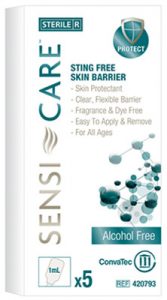 By maintaining a good skin care routine, you can help prevent peristomal skin irritations from forming. These are some simple steps you can take:
By maintaining a good skin care routine, you can help prevent peristomal skin irritations from forming. These are some simple steps you can take:

 It can be difficult to remember when you need to reorder your home delivery medical supplies. We can take the hassle out of this and make your life easier with our Automatic Delivery Program. You choose the frequency you would like your supplies to arrive and we take care of the rest. With this program you will also save 5% on your home delivery medical supplies on every future shipment. You will never have to worry about running out of your supplies again!
It can be difficult to remember when you need to reorder your home delivery medical supplies. We can take the hassle out of this and make your life easier with our Automatic Delivery Program. You choose the frequency you would like your supplies to arrive and we take care of the rest. With this program you will also save 5% on your home delivery medical supplies on every future shipment. You will never have to worry about running out of your supplies again!

